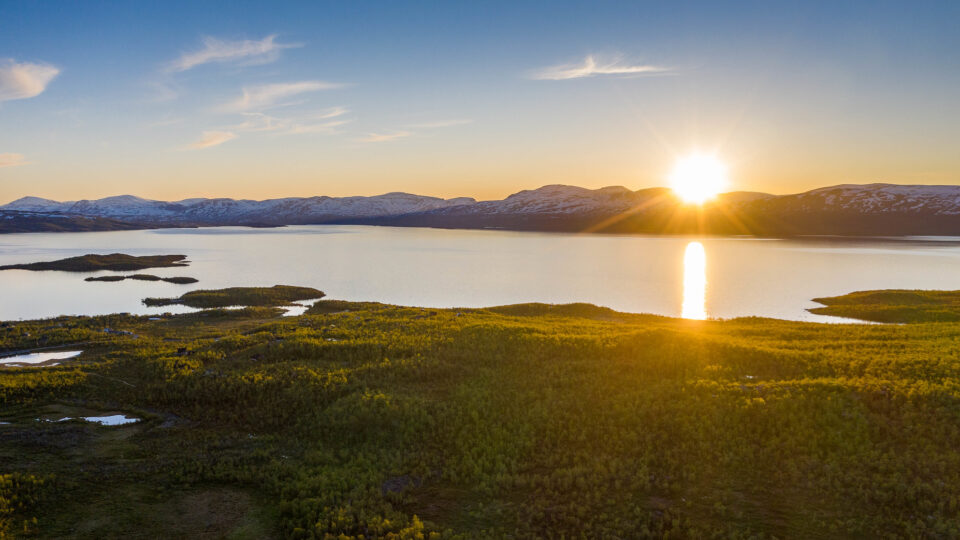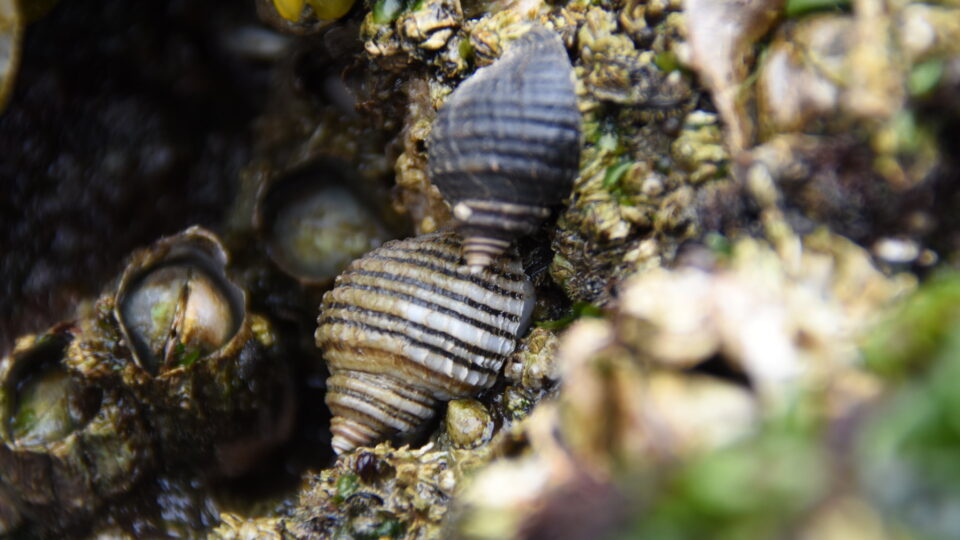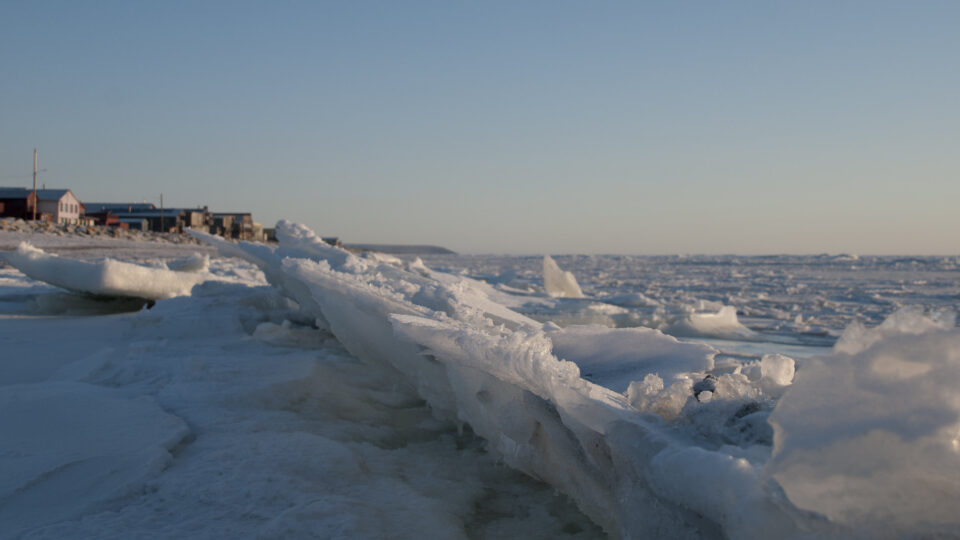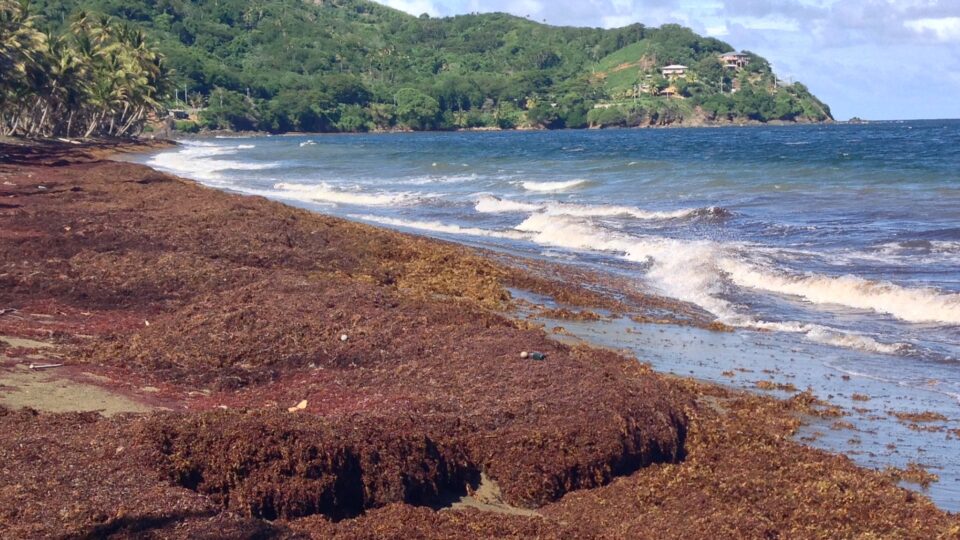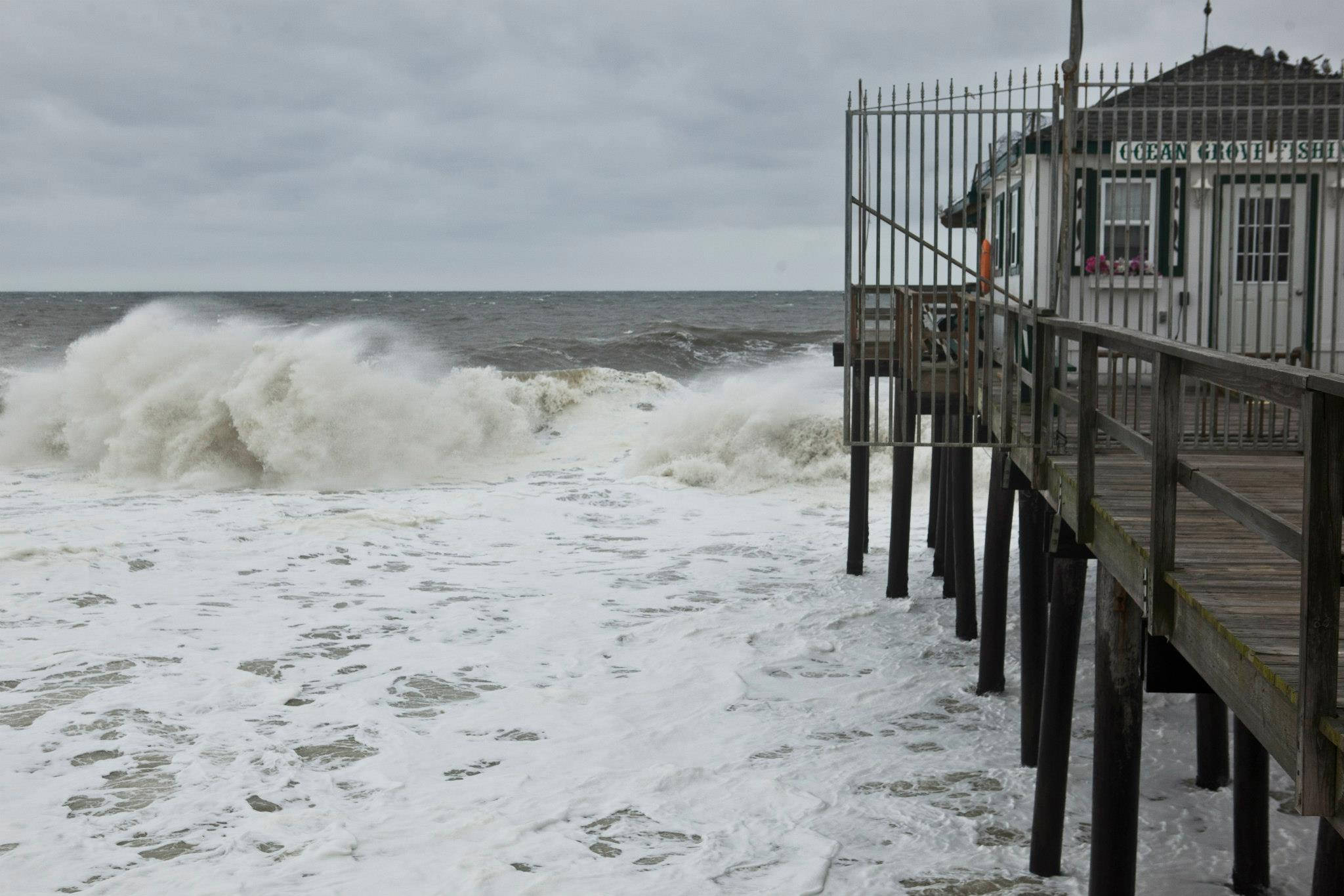In 2017, a supergiant iceberg known as A-68 calved from the Larsen C ice shelf in Antarctica. In 2020, it drifted close to South Georgia, a British island in the South Atlantic Ocean, and then began to break up. This iceberg was enormous – nearly the size of Delaware. When it started to break up, it released huge quantities of fresh, cold meltwater in a relatively small region.
Scientists from the British Antarctic Survey and the University of Sheffield have studied how the melting iceberg has affected the temperature and the salinity of the ocean surface in the area. They found that the water near the surface was 8 degrees Fahrenheit colder than normal and the water only had about two-thirds of its normal saltiness.
The effects from the melted iceberg eventually extended well beyond South Georgia as the colder, less-salty water was carried by ocean currents to form a long plume that stretched more than 600 miles across the South Atlantic. It also took several months to disappear.
The calving of this massive iceberg provided a unique opportunity for scientists to study the impact of iceberg melting on surface ocean conditions. A-68 was one of the largest and most studied of all icebergs. The study has shown that each individual melting giant iceberg can have widespread and long-lasting impacts on ocean conditions, which has consequences for the plant and animal life that lives there.
Climate change is likely to lead to more giant iceberg calving in the future. It is important to monitor these events to assess their future impacts on ocean circulation, biology, and even seafloor geology.
**********
Web Links
Supergiant iceberg makes surrounding ocean surface colder and less salty
Photo, posted October 24, 2018, courtesy of Jefferson Beck / NASA via Flickr.
Earth Wise is a production of WAMC Northeast Public Radio


